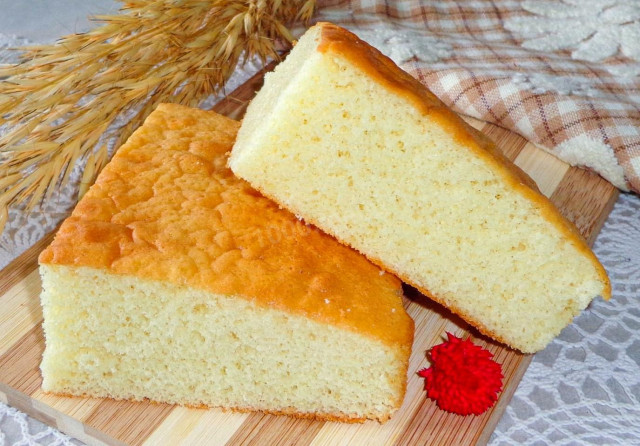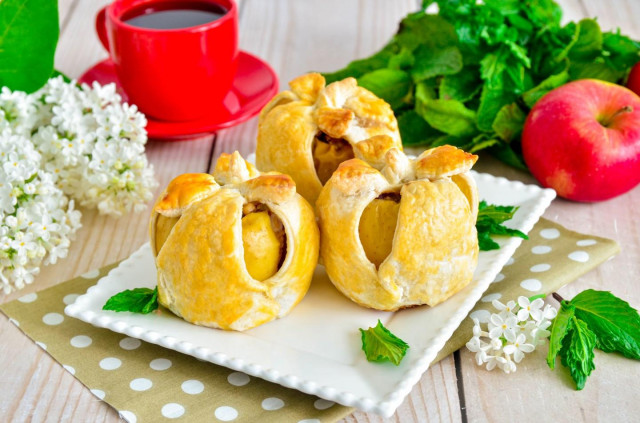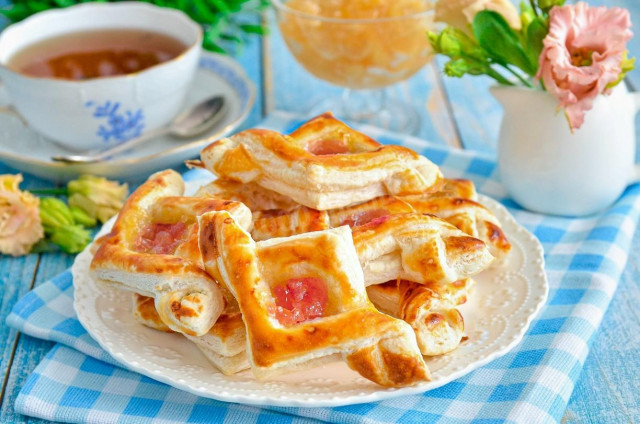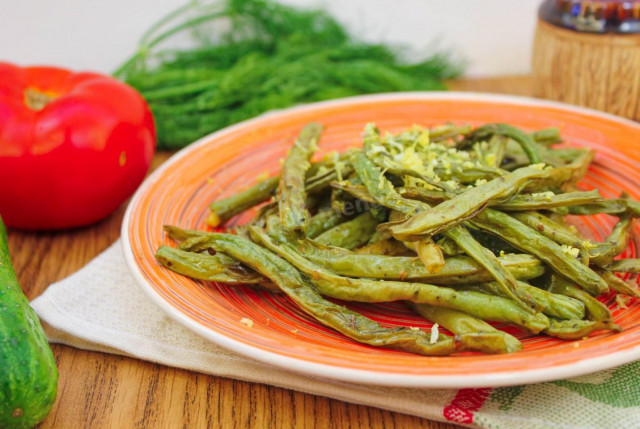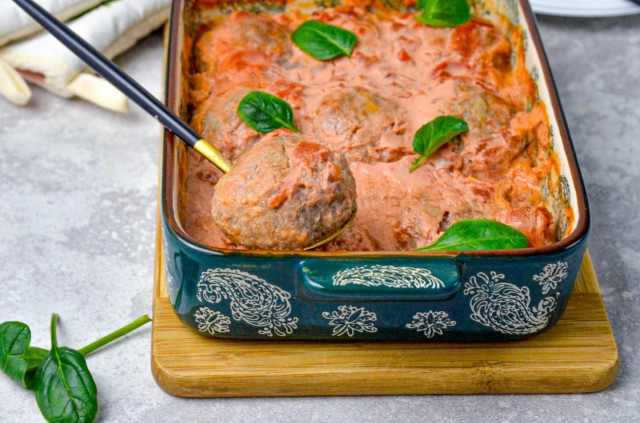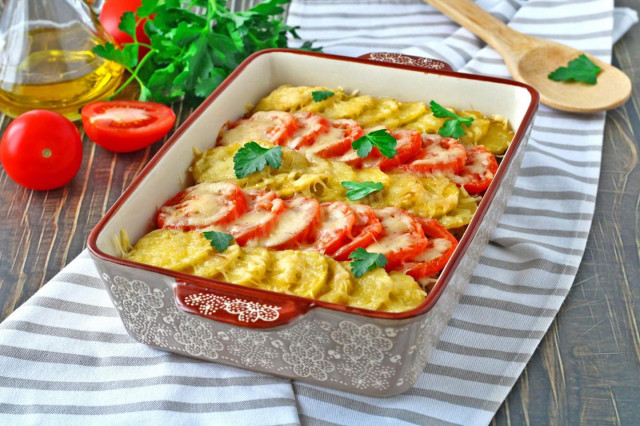Composition / ingredients
Step-by-step cooking
Step 1:
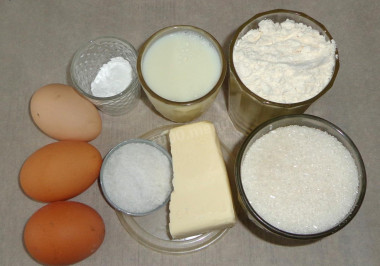
How to make a wet sponge cake? Prepare the products according to the list. You can immediately turn on the oven so that it heats up to a temperature of 180 degrees. Or do it a little later. Take milk of any fat content, it should be warm. Wash the eggs and dry them with napkins.
Step 2:
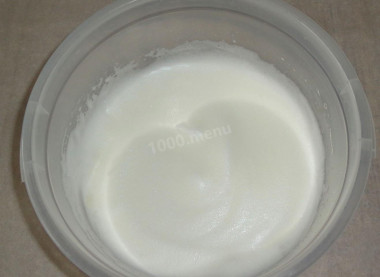
Separate the whites from the yolks. Whisk the whites separately with a mixer until a thick foam forms.
Step 3:
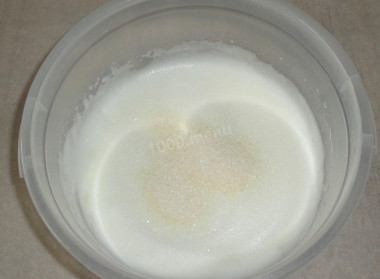
Slowly add sugar to the proteins, continuing to beat the protein mass until fluffy and homogeneous.
Step 4:
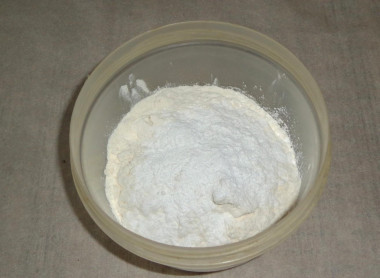
Sift the flour through a fine sieve, add salt and baking powder to it. Stir.
Step 5:
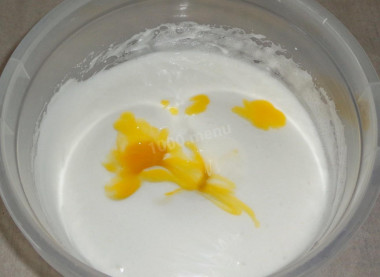
Add raw yolks to the protein mass. Beat with a mixer so that they mix with other products.
Step 6:
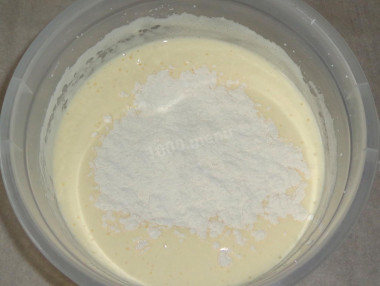
Pour in the flour parts, gently stirring the dough with a spoon. Then beat again with a mixer so that there are no lumps in the dough. Please note that you may take more or less flour than I do. Be guided by the consistency of the dough, it should be like liquid sour cream.
Step 7:
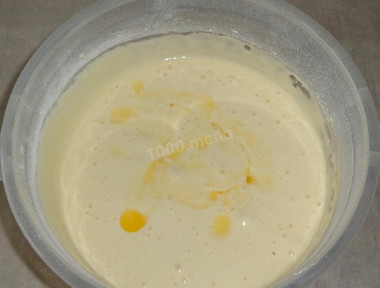
Melt the butter in the microwave or on the stove. Pour it into the dough. Pour in warm milk as well. Mix the dough well.
Step 8:
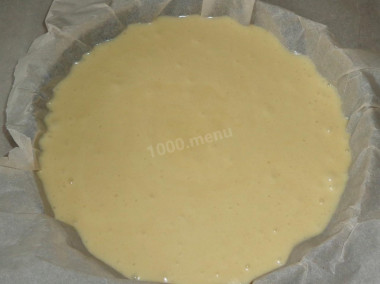
Pour the homogeneous dough into a greased baking dish. If you bake in a silicone mold, you do not need to lubricate it with anything. I used parchment for baking.
Step 9:
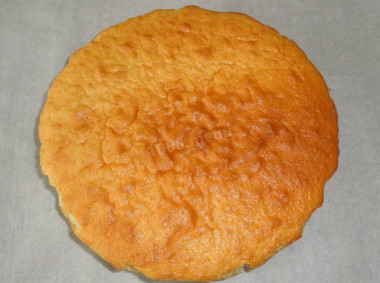
The sponge cake is baked within 15-35 minutes. Determine the exact time and temperature of baking according to your oven. Check the readiness of the pie with a dry match. If there are no crumbs on it, the cake is ready. Before serving, cut the moist sponge cake into pieces. Enjoy your meal!
This biscuit tastes self-sufficient so much that it does not need to be supplemented with anything. Sitting down to drink tea with your girlfriends, you won't even notice how you sweep it off the table to the last piece! (:
And if you want, you can make a delicious cake out of it!
Be prepared for the fact that you may need more or less flour than indicated in the recipe. Focus not on the amount of flour, but on the desired consistency of the dough. To avoid mistakes, read about flour and its properties!
Keep in mind that everyone's ovens are different. The temperature and cooking time may differ from those specified in the recipe. To make any baked dish successful, use useful information about the features of ovens !
Is it possible to replace baking powder with soda, how to add them correctly so that the baking is lush, how to avoid an unpleasant soda taste and much more, read the article "Baking powder or baking soda - which is better?"
Calorie content of products possible in the dish
- Whole cow's milk - 68 kcal/100g
- Milk 3.5% fat content - 64 kcal/100g
- Milk 3.2% fat content - 60 kcal/100g
- Milk 1.5% fat content - 47 kcal/100g
- Concentrated milk 7.5% fat content - 140 kcal/100g
- Milk 2.5% fat content - 54 kcal/100g
- Granulated sugar - 398 kcal/100g
- Sugar - 398 kcal/100g
- Butter 82% - 734 kcal/100g
- Amateur unsalted butter - 709 kcal/100g
- Unsalted peasant butter - 661 kcal/100g
- Peasant salted butter - 652 kcal/100g
- Melted butter - 869 kcal/100g
- Salt - 0 kcal/100g
- Wheat flour - 325 kcal/100g
- Baking powder dough - 79 kcal/100g
- Chicken egg - 80 kcal/100g

